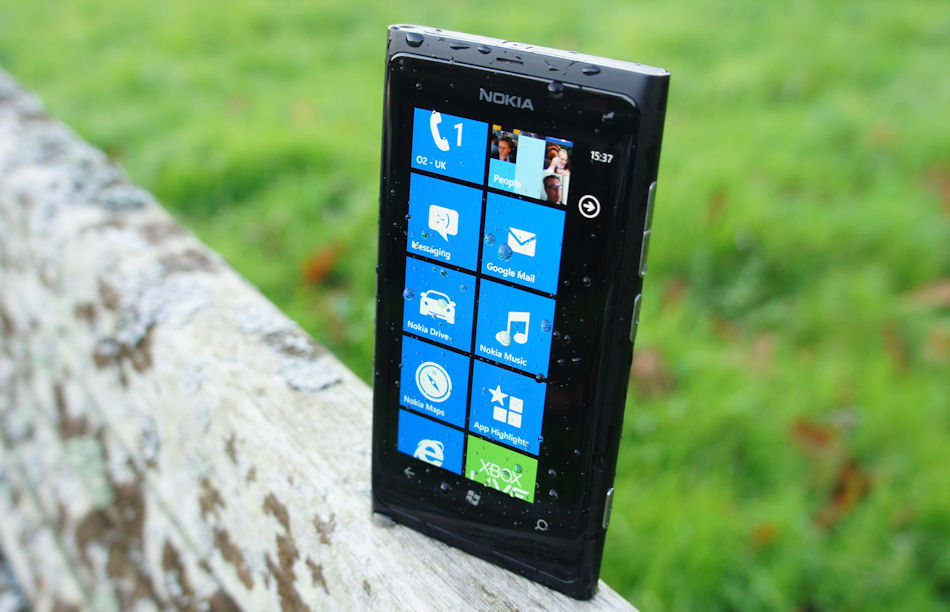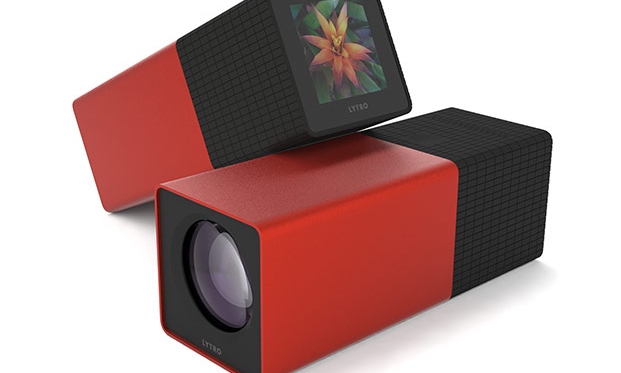Over the years there have been some notable additions to what people expect in a smartphone, from the addition of a VGA cameras and touch screens, to GPS and push email. What comes next? Let's look around the cutting edge technology landscape to see what our phones could be carrying as standard in the next two or three years.
Don't drop it in a river
Hardening phones so they can survive in extreme environments is an obvious area to work on. There have already been extreme protection handsets previously, but they've always involved a certain amount of sacrifice in terms of style or functionality. Ensuring a phone is going to stay working for two years continues to challenge manufacturers.
One of Sony's latest Android handsets, the Xperia Z, has an IP55 and IP57 rating to protect it from dust, water jets, and the ability to survive a minimum of thirty minutes in one metre of water. It's also pretty stylish into the bargain. Mixing great design with protection isn't new, but offers a lot of marketing opportunities, and a lowering of return rates and warranty/insurance repairs.
Nokia's no stranger to this area, having produced rugged devices in the past, notably the Symbian-powered Nokia 5500, as well as active shell accessories for some of its Lumia devices, so it wouldn't be that surprising to see a waterproof handset some time in the future.

Listen to the wind
After imaging, the natural next step is audio, but this is a harder sell. First of all, there's already been some recent step changes in audio capture. Nokia has rightly received a lot of praise for its HAAC microphones, which were first seen in the Symbian-powered 808 PureView, but are also used in most of the Windows Phone powered Lumia line up (Nokia Lumia 620 and up). Nokia co-developed the HAAC microphone and currently has an exclusive on their use in smartphones (as HTC discovered earlier this year), but its period of exclusivity is thought to be coming to an end in the next few months.
Devices with HAAC microphones allow some fantastic audio to be captured, and it's easily good enough for radio broadcast or use in a 'live video'. Here's an example from earlier in the year, with some live music in an outdoor courtyard recorded on the HAAC equipped Lumia 620.
Once the Nokia HAAC exclusivity period is over, I'd expect many more manufacturers to jump on HAAC to improve the audio capture of their handsets.
Audio output is a bit trickier. Unlike images, everyone brings in different headphones and audio conditions to their smartphones, and has different expectations - and the majority of people's collections are in low bitrate, lossy MP3s. HTC have already taken a swing at it with the addition of Beats Audio in the HTC 8X Windows Phone, but it fell short of being a game changer - in my review and tests it felt like little more than a bass boost system. HTC also has its BoomSound loudspeaker branding (in the Android world), which consists of well positioned, high quality, stereo speakers (as seen in the HTC One and HTC 8XT), and which I'd rate as having more potential than the Beats Audio adjustments.
But I think there are opportunities to create some marketing around audio, both the capture and reproduction. Of all the potential advances, audio is the one most likely to make a difference in the short term, if the hardware can be clearly explained and the difference heard by the average consumer.
Charge while you stroll
Physics is the big limiter for battery technology, and while there are lots of potential new areas for investigating in terms of better chemicals and constructions, I wonder if kinetic charging could be something that will be added to the hardware. Your smartphone is subject to a lot of kinetic energy during the day as you go about life. If this could be harnessed, while it might not recharge your smartphone fully, it will top up the battery and extend the useful life - couple that with continued improvements in the use of energy by the operating system, and you address one of the basic needs of a smartphone user - and have something that's a bit more eco-friendly.

Bend it, shape it, any way you want to build it
Samsung have already shown a technology demonstrator of a flexible screen running Windows Phone, and bringing that technology to the consumer seems to be an easy win if they can find a suitable form factor that needs a bendy screen. Wearable technology such as watches and glasses will be the big beneficiaries of this, but there's a sense that the slab format of touchscreen smartphones is due a bit of a shake-up. If someone can avoid it looking gimmicky, then a serious bit of curvature or movement in the casing will be able to use this bending ability to good effect.
Ubuntu's mythical Edge smartphone (from their Indiegogo funding project) promised an interesting dock idea - with so much hardware in the smartphone why can't it run a monitor, keyboard and mouse and be the tech behind a desktop system?
Why not indeed? Windows Phone might have an edge here, with the common kernel and elements shared between Windows Phone 8 and Windows 8 allowing for an easier transition and a familiar environment - much as the geeks love Ubuntu and the Linux desktop, consumers have never really bought into it - but a familiar Windows environment might be an easier sell.

I'm not even focusing on you
And much as the 1020 is cutting edge, I don't think we're quite finished with the advances in imaging. While the Lumia 1020 pairs up two technologies (stabilisation and oversampling) you still have to get the focusing, lighting, and other environmental factors right when taking the image. The Lytro camera takes in the lighting data and allows you to refocus an image after it is taken, by simply touching the screen on the new focus point.
As a standalone device, it can accommodate quite a large barrel, and not have to worry about getting into the form factor of a smartphone, but it shows that there are areas of imaging which can still create magical experiences. The ability to rework a shot after it is taken is one that is going to be explored over the next few years.

What now?
These are just five ideas of what could be coming up next in the world of smartphones, and of course there are a lot more incremental changes that will be attractive (better speech recognition, intelligent use of sensors to present information, and the idea of AI in the handset to make for a more fluid experience are just three). What would you like to see next in your handset? Let us know in the comments.
